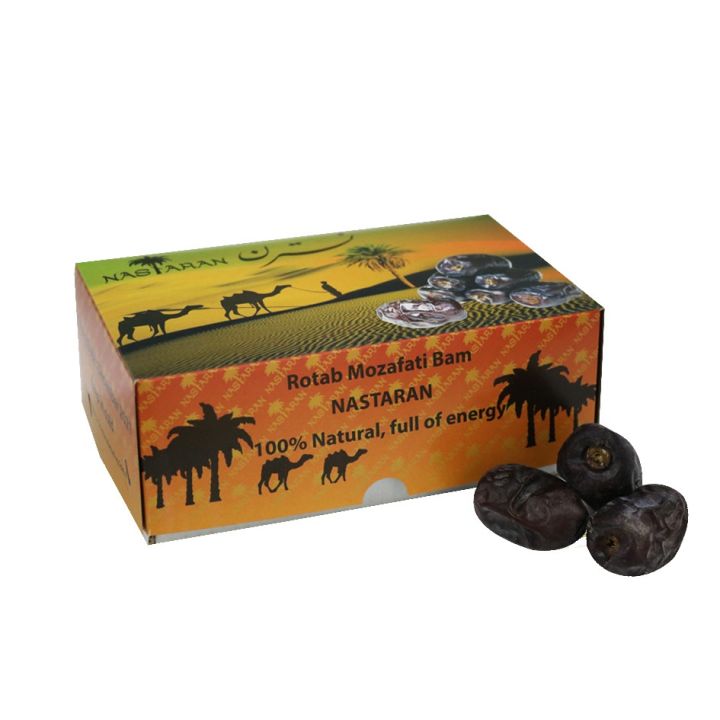Exploring the Dynamics of Ajwa Day Costs
Harga Kurma Ajwa, a prized range of days renowned for their sweetness and health and wellness advantages, can vary in price over time. Recognizing the factors behind these fluctuations is essential for customers and services alike. This blog site message explores the key aspects affecting Harga Kurma Ajwa rates on the market, providing understandings right into supply chains, customer need, international influences, and seasonal variants that influence rates dynamics. Supply and Need Dynamics Harvest Return The yearly harvest yield of Ajwa days straight influences their schedule in the market. Variables such as weather, farming techniques, and plant yield changes can affect the amount of Ajwa days created in a provided season. A reduced yield might lead to greater rates due to limited supply. https://ajwa.com.my Manufacturing Ajwa dates are largely grown in regions like Saudi Arabia, recognized for their costs day production. International aspects such as geopolitical events, profession policies, and financial conditions in these areas can influence manufacturing expenses and subsequently impact market value.  Customer Demand Fads Seasonal Variants Demand for Ajwa days tends to peak during religious and festive seasons, such as Ramadan and Eid. Increased consumer demand throughout these durations can lead to higher rates as providers react to increased market interest. Wellness and Health Trends Expanding recognition of the dietary benefits of days, including Ajwa, amongst health-conscious consumers can increase demand year-round. Trends in dietary preferences and the popularity of all-natural sweeteners additionally add to changes in Ajwa prices. Market Competitors and Prices Strategies Supplier Competition Competitors among providers and retailers in the day market can affect rates techniques. Offers of discount rates, promos, and mass purchase motivations can lead to short-term changes in Ajwa rates as vendors seek to bring in and keep clients. Retail Markup and Distribution Prices The prices related to circulation, storage, and retail markup also influence Ajwa rates. Factors such as transport costs, storage facilities, and functional overheads add to the last list price consumers spend for Ajwa dates. Global Economic and Profession Influences Currency Exchange Fees Variations in money exchange prices can influence the cost of importing Ajwa dates into Malaysia and various other markets. Adjustments in currency exchange rate between the Malaysian Ringgit and money of date-producing countries can affect import costs and ultimately list prices. Trade Plans and Tariffs Trade policies, tariffs, and import policies enforced by federal governments can impact the price of importing Ajwa days. Changes in trade arrangements or tolls on agricultural items might result in modifications in prices to suit added prices or trade constraints. Verdict To conclude, several interconnected variables contribute to the variations in Harga Kurma Ajwa rates on the market. Comprehending these elements— such as supply and demand dynamics, seasonal variations, customer fads, market competitors, and global economic impacts— is essential for both suppliers and customers. By remaining notified about these elements, consumers can make enlightened decisions when buying Ajwa dates, browsing price adjustments while ensuring they get quality items that fulfill their preferences and budget plan.
Customer Demand Fads Seasonal Variants Demand for Ajwa days tends to peak during religious and festive seasons, such as Ramadan and Eid. Increased consumer demand throughout these durations can lead to higher rates as providers react to increased market interest. Wellness and Health Trends Expanding recognition of the dietary benefits of days, including Ajwa, amongst health-conscious consumers can increase demand year-round. Trends in dietary preferences and the popularity of all-natural sweeteners additionally add to changes in Ajwa prices. Market Competitors and Prices Strategies Supplier Competition Competitors among providers and retailers in the day market can affect rates techniques. Offers of discount rates, promos, and mass purchase motivations can lead to short-term changes in Ajwa rates as vendors seek to bring in and keep clients. Retail Markup and Distribution Prices The prices related to circulation, storage, and retail markup also influence Ajwa rates. Factors such as transport costs, storage facilities, and functional overheads add to the last list price consumers spend for Ajwa dates. Global Economic and Profession Influences Currency Exchange Fees Variations in money exchange prices can influence the cost of importing Ajwa dates into Malaysia and various other markets. Adjustments in currency exchange rate between the Malaysian Ringgit and money of date-producing countries can affect import costs and ultimately list prices. Trade Plans and Tariffs Trade policies, tariffs, and import policies enforced by federal governments can impact the price of importing Ajwa days. Changes in trade arrangements or tolls on agricultural items might result in modifications in prices to suit added prices or trade constraints. Verdict To conclude, several interconnected variables contribute to the variations in Harga Kurma Ajwa rates on the market. Comprehending these elements— such as supply and demand dynamics, seasonal variations, customer fads, market competitors, and global economic impacts— is essential for both suppliers and customers. By remaining notified about these elements, consumers can make enlightened decisions when buying Ajwa dates, browsing price adjustments while ensuring they get quality items that fulfill their preferences and budget plan.  As the marketplace for Ajwa dates continues to evolve, vendors and merchants play a vital duty in replying to these dynamics, maintaining openness, and providing affordable prices techniques. By fostering a much deeper understanding of the factors influencing Ajwa rates, stakeholders can add to an extra durable and responsive day market that fulfills the varied requirements of customers in Malaysia and beyond.
As the marketplace for Ajwa dates continues to evolve, vendors and merchants play a vital duty in replying to these dynamics, maintaining openness, and providing affordable prices techniques. By fostering a much deeper understanding of the factors influencing Ajwa rates, stakeholders can add to an extra durable and responsive day market that fulfills the varied requirements of customers in Malaysia and beyond.